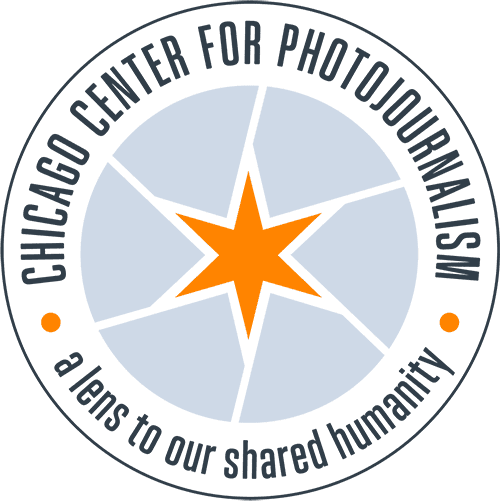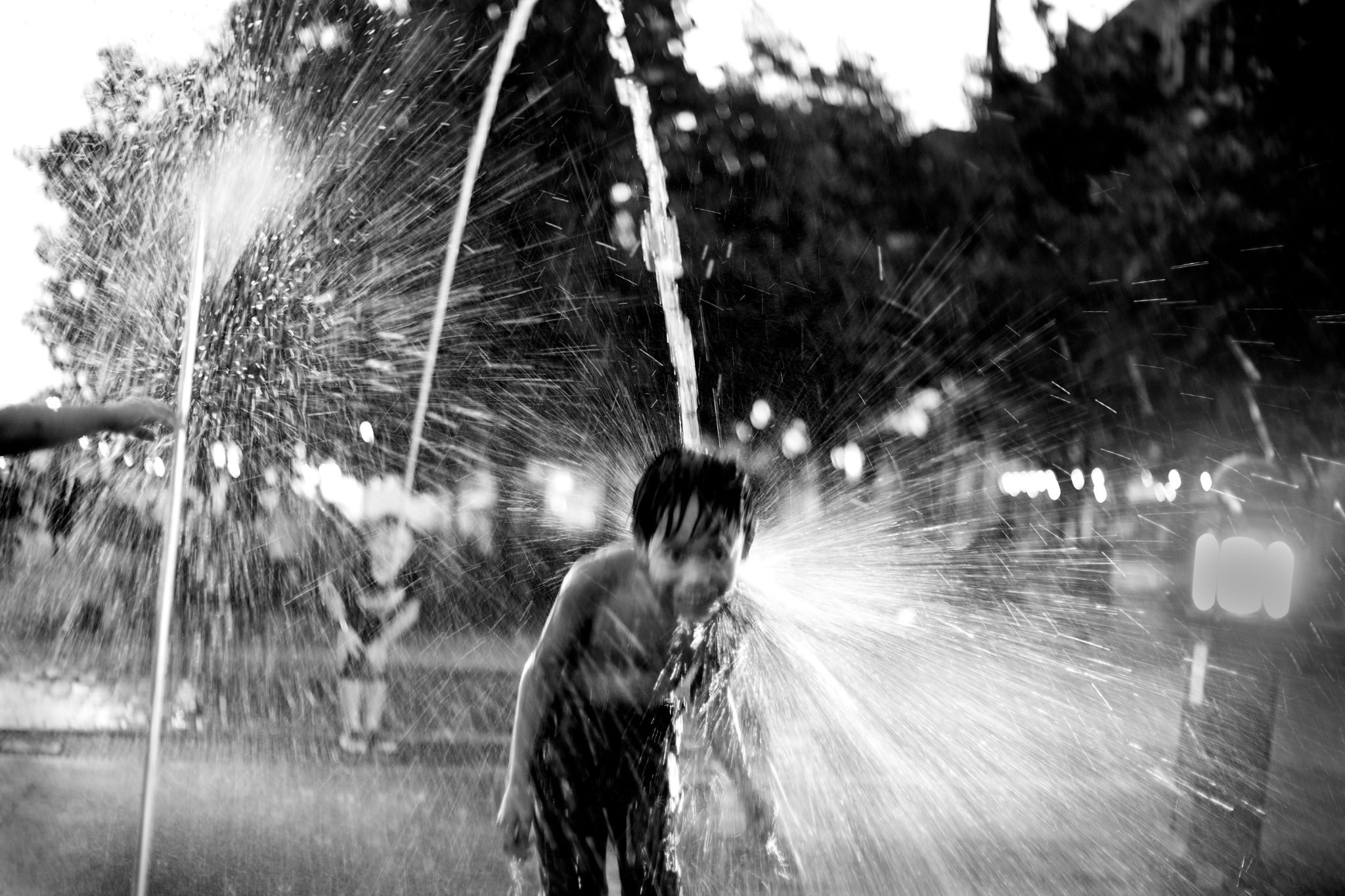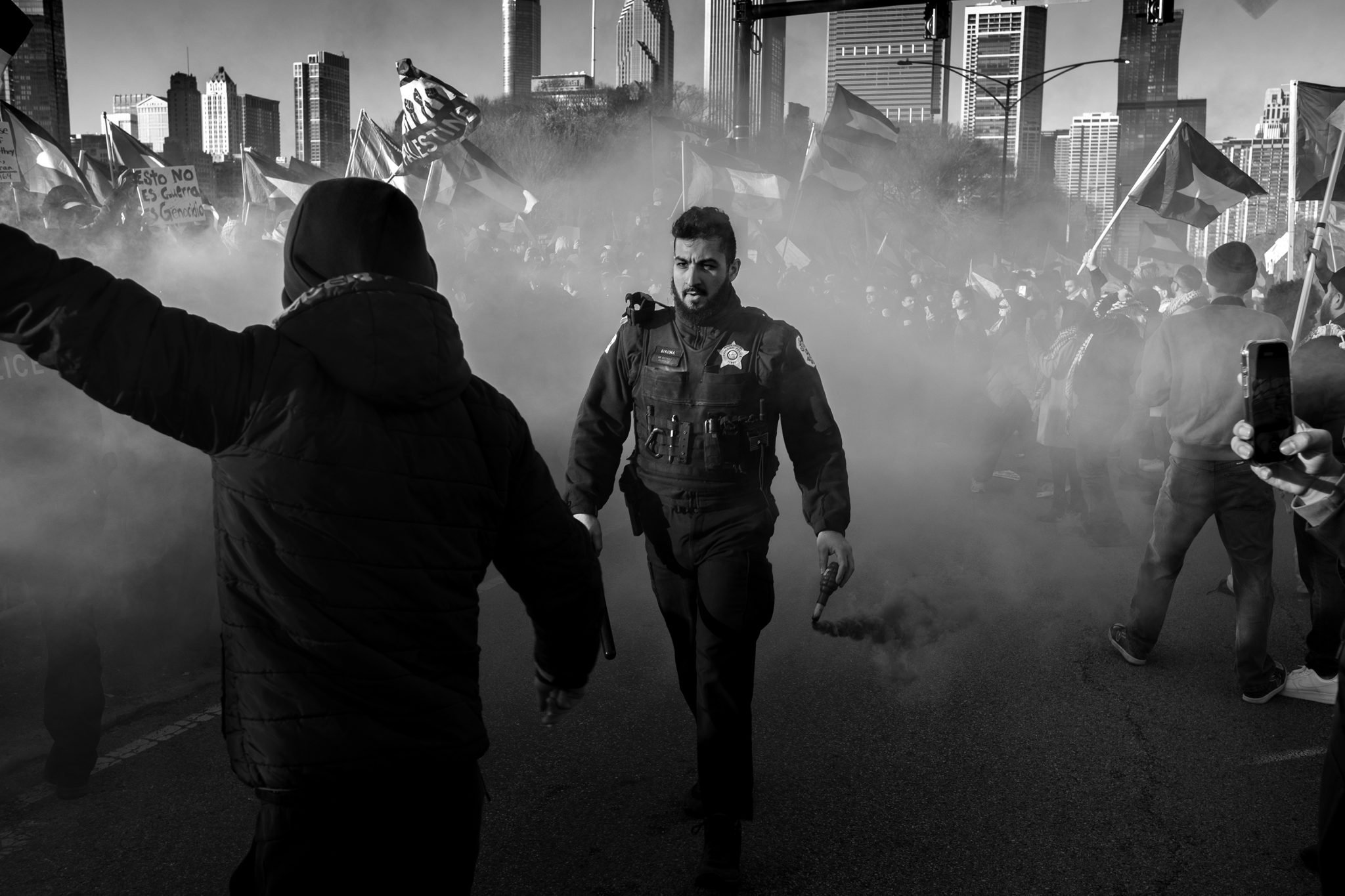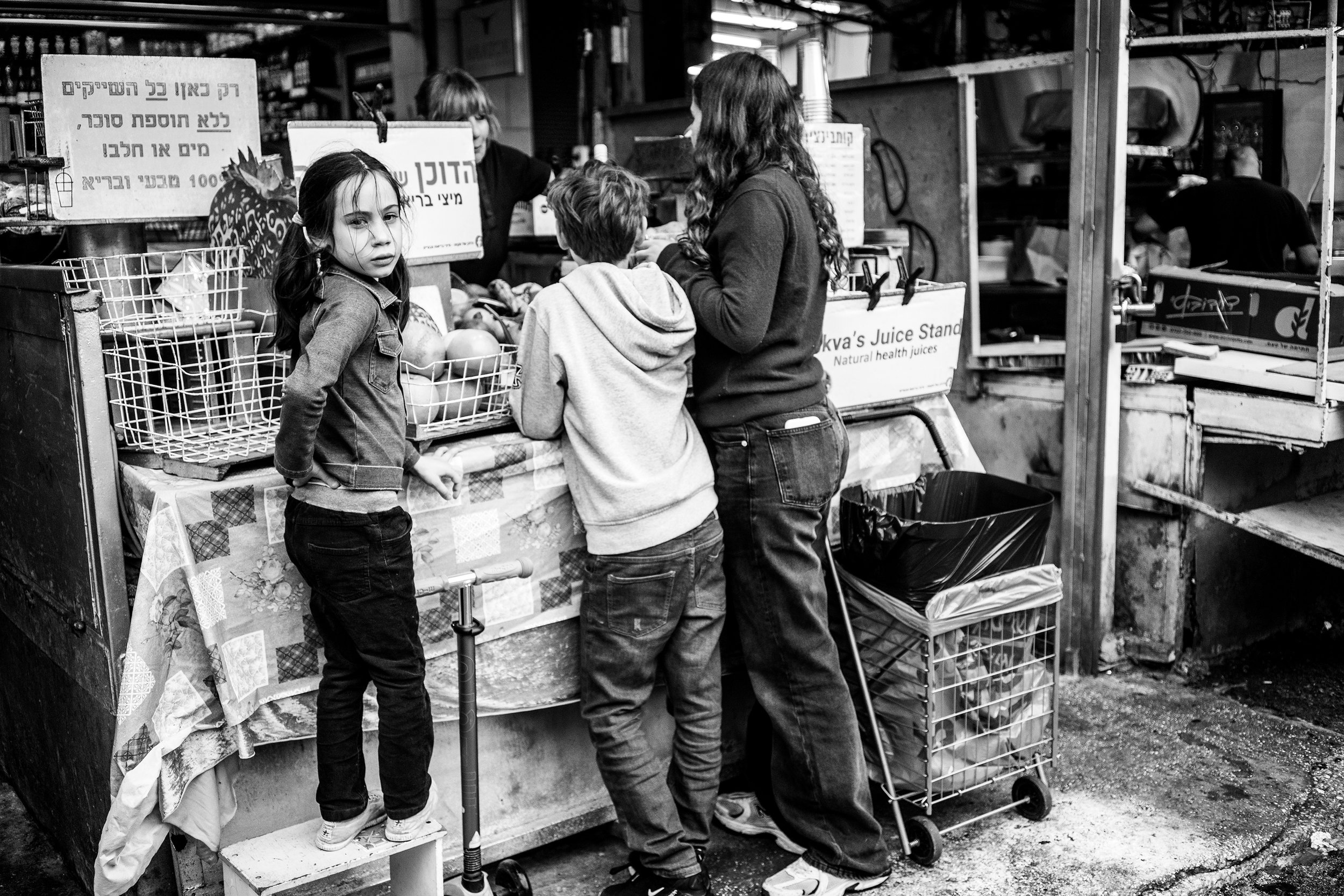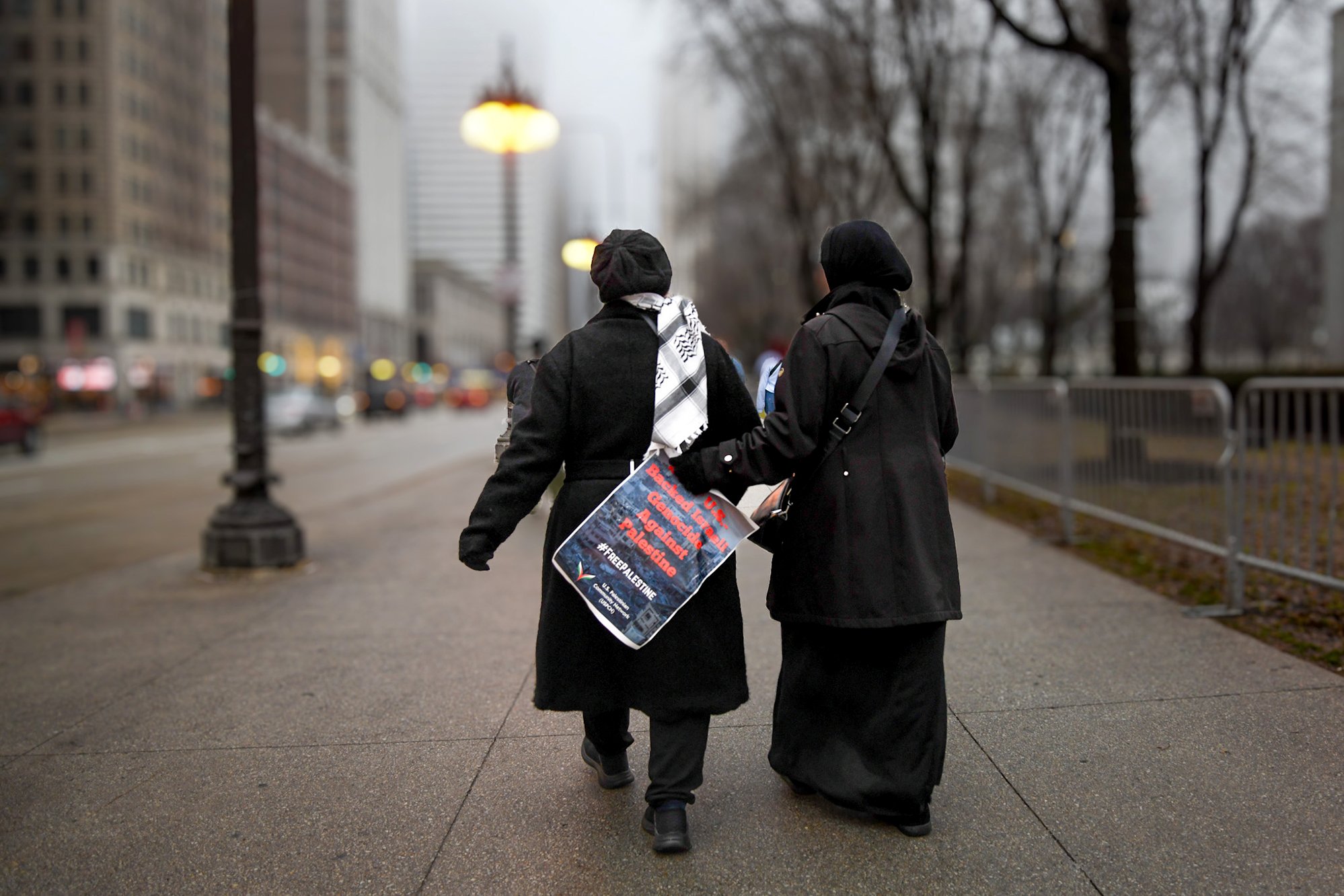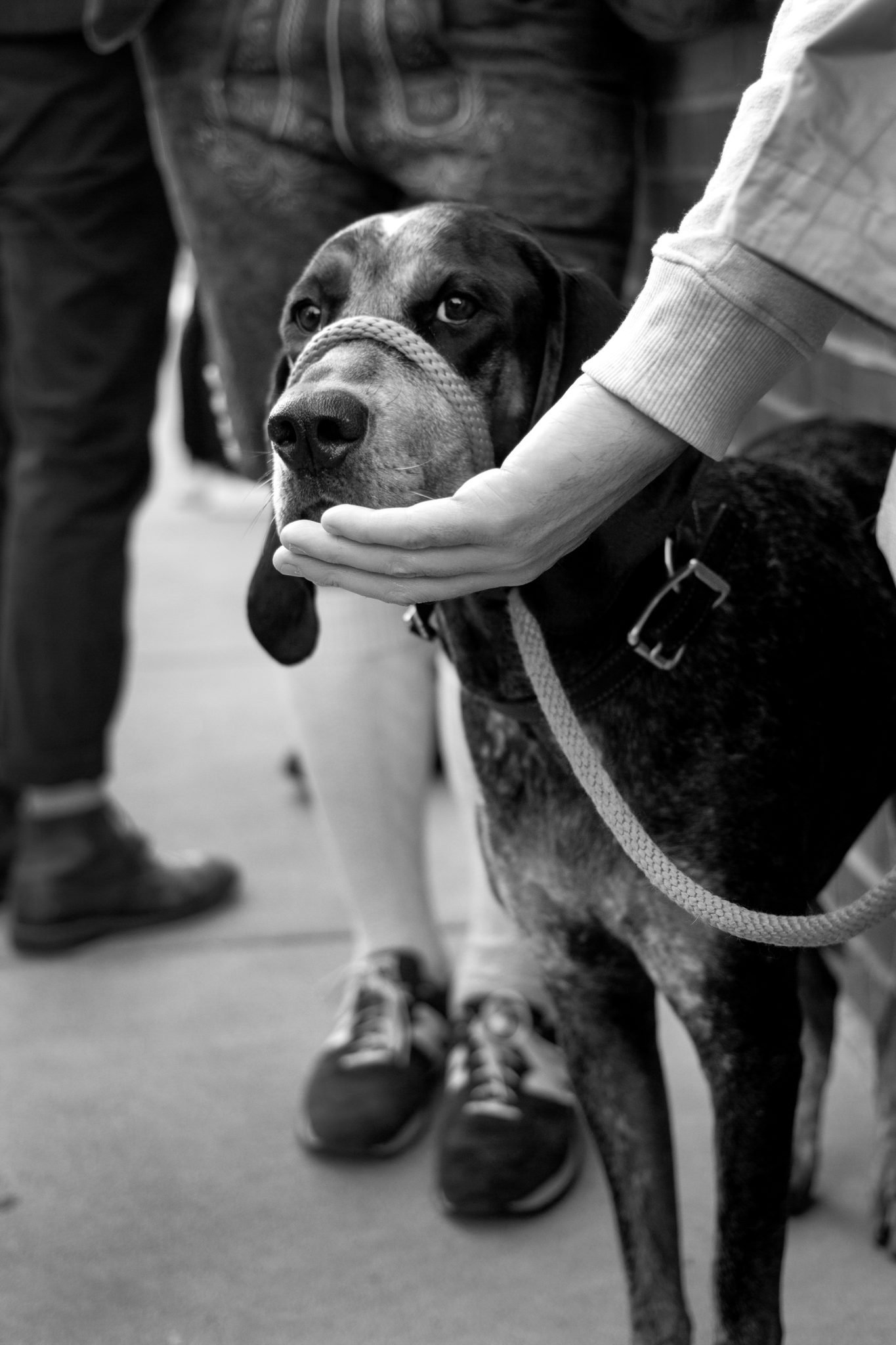“AS WE SEE IT” Where Street Photography and Photojournalism Converge
In a quiet yet profound moment, CC4PJ hosted its inaugural student show, spotlighting the work of dedicated students from film, street, and photojournalism classes held since the center's inception. The convergence of street photography and photojournalism unveil the nuances of the human condition. Through the lens of these visual storytellers, the exhibit explored the raw beauty, challenges, and resilience woven into the fabric of our shared existence.
© Poster Designed by Andres Chavez
Students Take to the Streets: A Review of “As We See It” at Chicago Center for Photojournalism
BY SUSAN AURINKO | MARCH 8, 2024
ART.NEWCITY.COM
The current show at the Chicago Center for Photojournalism is a compendium of the many lessons that director and curator Denise Keim has taught her students over the last year. They appear to have learned their lessons well, as there are some spectacular images in this student show. Keim, herself a remarkable photojournalist and street photographer, has a lot to impart to the lucky few who choose to study with her.
An image by Andres Alejandro Chavez shows a cop in the middle of something, smoke or teargas billowing around him, and your eye is immediately drawn directly to the star on his chest. It’s an action photograph, one that proves that photography is all about being there at the exact second that makes or breaks an image. Ronit Bezalel shot photos of daily life in Israel in January of this year, while Shawna Matten captured powerful images from the Israeli/Palestinian demonstrations here in Chicago.
Lisa Bergqvist, a Swedish immigrant herself, works for a corporate content company. For her, getting out on the street was a challenge, taking photos of people even more so, but her image of two children playing in jets of water is delightful, immediate and utterly charming. Strother Purdy has started photographing dogs in the Uptown neighborhood near the gallery. The direct eye contact Purdy creates with the dogs yields warm portraits. His image of a Great Dane with its human tenderly cupping its chin in his or her hand is priceless. Purdy, a professional woodworker, created his own frames for the show. Zachary Wadkins-Daub captured a young Venezuelan migrant boy in a bright blue sweatshirt in the foreground, while other migrants huddle in the background. The image is beautifully composed and defines the sadness of the migrant situation. John Barnard has created a quartet of photographs that relate to one another via their strong lines. Barnard’s treatment of linear surfaces and patterns creates a dialogue between his four images.
Perhaps the most fascinating images in the show were made by William Anderson Bey. The three-window mat in a single vertical frame is fashioned to hold a trio of images. The three photographs are the same view of his street, shot through the window on three separate rainy days. Bey, who was a homeless street person for many years, has begun photographing in Uptown and is in love with photography. He lives in Section Eight housing but has been told that if he enrolls in school, he will have to move out of his dwelling. It’s yet another example of the kind of catch-22 that keeps people in poverty in this country. Looking at Bey’s images is to feel his joy at having a home, and his frustration at not being able to go to school to better himself. Fortunately, Denise Keim is out there daily, doing something about the ills of the world, one person, one camera, and one image at a time.
“As We See It: Where Street Photography and Photojournalism Converge” is on view at Chicago Center for Photojournalism, 1226 West Wilson, through March 31.
